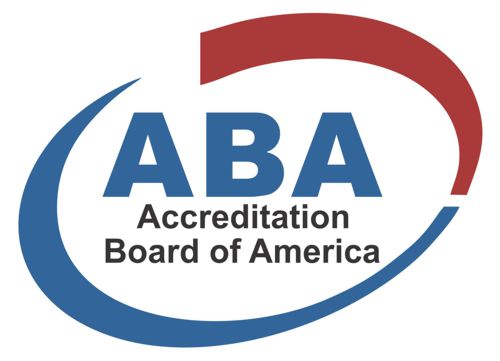
The Taskforce on Nature-related Financial Disclosures (TNFD) has released a final draft of its proposed framework detailing how firms should report and act on evolving nature-related risks ahead of the scheduled final publication of the new guidance in September.
The draft provides additional guidance by sector and biome and a recommended set of disclosure metrics, drawing on relevant existing standards including those from the International Sustainability Standards Board and the Global Reporting Initiative.
The Taskforce has also translated the concept of Scope 1, 2, and 3 emissions reporting to apply to “direct,” “upstream,” “downstream” and “financed” nature-related impacts, and released draft guidance covering engagement with affected stakeholders, the agriculture and food, mining and metals, energy, and financial sectors, and four biomes including tropical forests.
In addition, the draft framework proposes a tiered approach to different performance indicators that seeks to strike a balance between being science-based and practical for market participants to incorporate into annual reporting cycles.
The three proposed tiers span global disclosure metrics that are broadly relevant to organisations across all sectors and are reflected in global policy priorities; sector disclosure metrics to enable capital providers to make comparable assessments of businesses within a given industry; and additional disclosure metrics to enable reporting entities to include metrics that might be particularly relevant to their business model and nature-related issues.
This approach aims to provide users with comparability while acknowledging the differences in nature-related impacts and risks across sectors and business models, the TNFD said. It also allows firms to signal their alignment with global policy goals, such as the recently agreed Global Biodiversity Framework.
The TNFD’s final recommendations based on feedback and pilot testing for the latest draft will be published in September following a final 60-day consultation process between March 30 and June 1.
David Craig, co-chair of the TNFD, said that the fourth and final draft will provide market participants with a full representation of the core aspects of the proposed framework for the first time.
“This has been the culmination of a lot of work to bring a science-based approach but make the complexity of the science of nature accessible and relevant to market participants,” he added. “We are delighted by the level of active participation from the market, including pilot testers, throughout this design and development phase which will help to underpin strong market support when the final recommendations are published in September.”
Elizabeth Mrema, TNFD co-chair and deputy director of the UN Environment Programme, added that ongoing collaboration with standards development partners and regulators will be critical to help codify Taskforce recommendations so that nature-related reporting becomes standard business practice over time.
“COP15 in Montreal saw very strong support from business and finance globally, with over 1,000 private sector participants attending,” she said. “That helped ensure a robust corporate reporting target, Target 15, in the Global Biodiversity Framework now supported by 190 governments and covering nature-related impacts, dependencies and risks.
“I look forward to further market feedback and participation ahead of the September launch of our recommendations so that market participants can start identifying, assessing and disclosing their nature-related issues as soon as possible.”
Comprising 40 senior executives drawn from leading financial institutions, corporates and market service providers, which together boast combined assets of over $20 trillion, the TNFD initiative was brought together by four founding partners — Global Canopy, UN Development Programme, United Nations Environment Finance Initiative and WWF — in September 2020.
Advocates of the initiative hope it can emulate the success of the Taskforce on Climate-related Financial Disclosures, which provided reporting guidelines that have been adopted by thousands of corporates and regulatory bodies around the world, helping to provide an increasingly standardized approach to reporting on climate-related risks.
If you’d like to read the original source of this article please click here Visit Source

